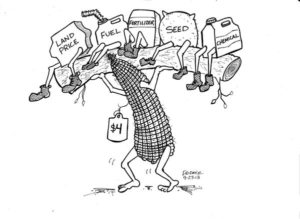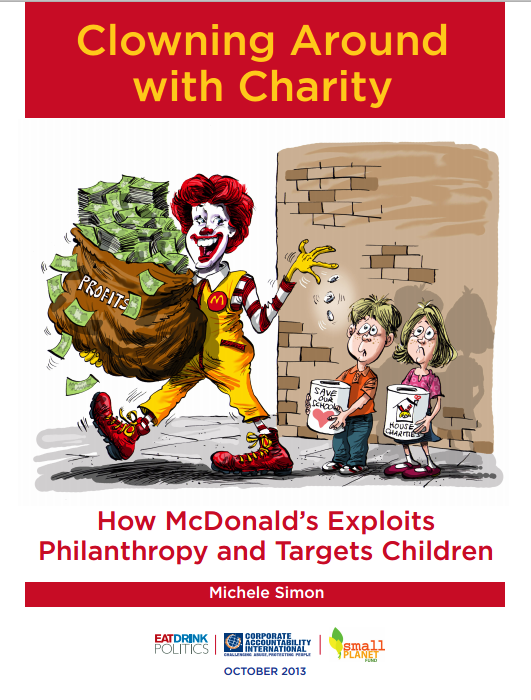A. This question has no easy answer. To begin with, we see practically no cases of severe undernutrition among U.S. citizens, in the sense that it occurs in the developing world. Only rarely, do adults or children exhibit overt clinical signs of vitamin or mineral deficiency, let along acute malnutrition. Instead, in America we talk about “food insecurity,” defined by government agencies as consistent, dependable, legal access to enough food on a daily basis to support active healthy living.
The U.S. Department of Agriculture (USDA) monitors the extent of food insecurity among the population in two ways. It counts the number of individuals who apply and qualify for participation in the Supplemental Nutrition Assistance Program (formerly known as Food Stamps), and it collects data from surveys and publishes the results in annual reports on Household Food Security. By both measures, nearly 15 percent of the U.S. population is judged to be food insecure—one out of every six adults. Nearly six percent of the population is considered to be severely food insecure and, therefore, at risk of malnutrition but not necessarily displaying clinical signs.
Americans who qualify as food insecure are more likely than average to be poor, single parents, African-American or Hispanic, and living either in large cities or in rural areas. They also, paradoxically, are more likely to be overweight or obese. An explanation for the lack of clinical signs of malnutrition and of overweight is that nearly 60 percent of those considered food insecure participate in one or more of the three largest federal food and nutrition assistance programs (SNAP, the Special Supplemental Program for Women, Infants, and Children or WIC, and National School Lunch Program. An unspecified percentage also obtains free food from privately run charitable food banks or soup kitchens. As the USDA likes to explain, its 15 domestic food and nutrition assistance programs “form a nutritional safety net for millions of children and low-income adults” and account for more than 70 percent of USDA’s annual budget.
What the USDA says less about is the quality of that food. SNAP has minimal limitations on what can be purchased with benefits, and retailers lobby hard to make sure program participants can continue to buy cheap, high-calorie foods and beverages. WIC, in contrast, permits purchase of a limited number of foods meeting certain nutrition standards. Recently, school meals have been required to meet nutrition standards, but these too are under lobbying pressure by food companies.
Because of the high cost of these programs—SNAP alone costs taxpayers $80 billion a year—arguments about what to do about food insecurity come down to matters of money. They only rarely focus on ways to ensure that even the poorest Americans get enough food to eat, let alone healthy food. Accountability, therefore, must confront the views of many congressional representatives that assistance programs represent “nanny-state” government and induce dependence among recipients.
Given this situation, American anti-hunger advocates are limited in what they can expect to accomplish in the current political era. As one sympathetic Congressman, Jim McGovern (Dem-MA) once explained, hunger does not resonate with Congress. Because the government already monitors food insecurity, the next steps must aim to get it to do something about the problem. This means reducing poverty and income inequities (which in part means reducing educational inequities, providing a stronger safety net for single parents and those living in cities and rural areas, and reaching out to the 40 percent of people who qualify as food insecure but receive no federal food or nutrition assistance benefits. It also means bringing anti-hunger and anti-obesity together to support healthier food options for low-income Americans.
All of this will cost money at a time when the interest of Congress in food assistance is only as a means to cut benefits. This, in turn, means that the only way to fix the hunger problem in the United States is to change election campaign laws so that individuals who care about such issues have a chance of being elected. Recent decisions of the Supreme Court in Citizens United and in McCutcheon make it clear that it favors no or insignificant limits on campaign contributions for corporations or wealthy individuals. The one bright spot is the national movement that has emerged to obtain a raise the minimum wage, especially for restaurant and farm workers. Most recipients of federal food assistance are employed, but at wages too low to bring them out of poverty. Paying living wages would solve most problems of food insecurity in America.








